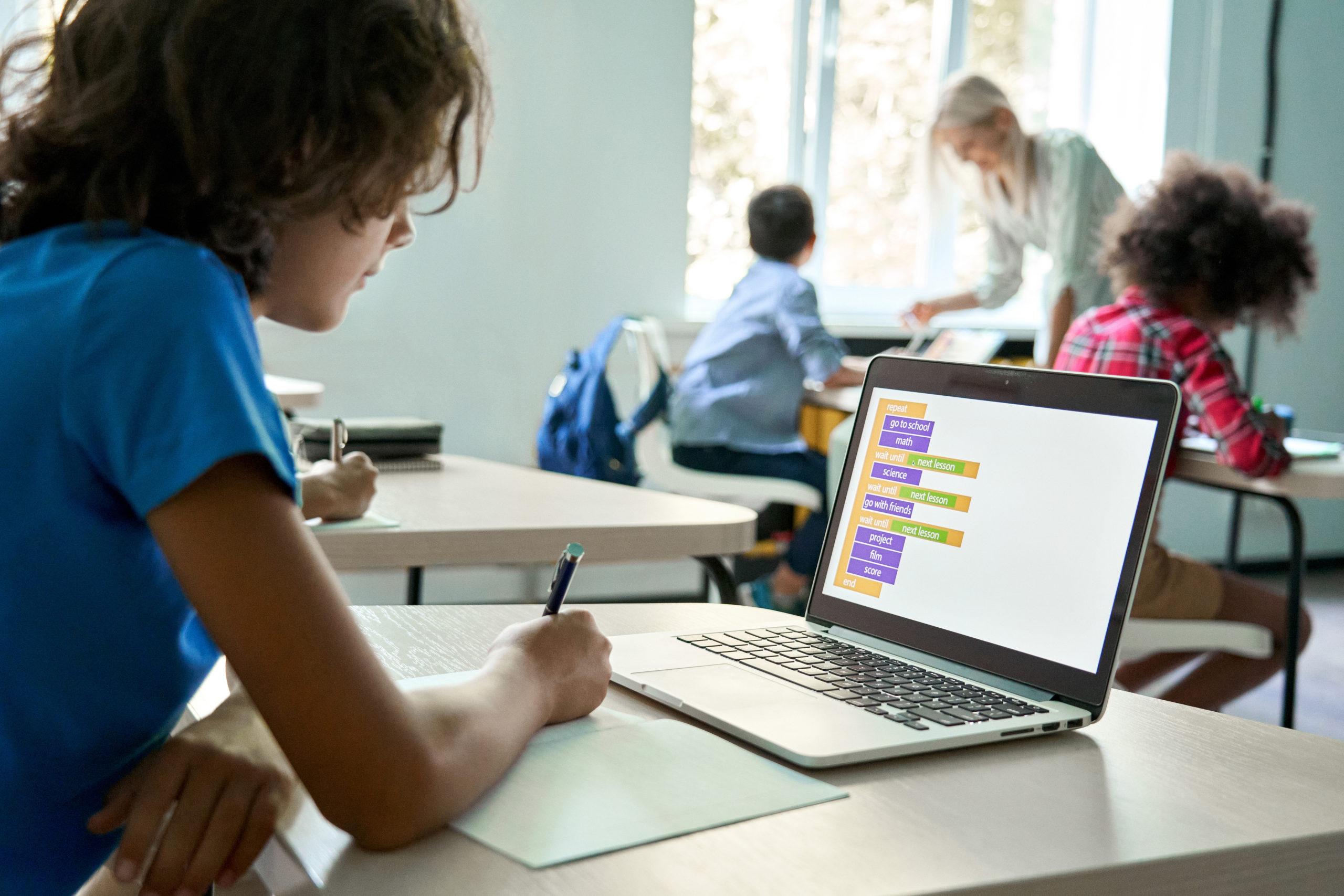Classrooms across the world are being transformed daily by the infusion of technology. With the rapid adoption of 1:1 device initiatives during the pandemic, educators now have access to many resources to provide blended and virtual learning opportunities for their students. The use of Edtech tools in schools has increased 99% since 2020 and nearly 60 percent of K-12 educators say their opinion of EdTech has improved since the pandemic began.
As the role of technology in the classroom is ever evolving, it is important to have a full lens approach in choosing the best Edtech solutions for your students and school community.
How important is it to evaluate your Edtech Tools?
Evaluating your Edtech is extremely important, as these tools give educators an opportunity to offer the best product for learning. Edtech tools should engage student learning at a deeper level and should be selected with the user in mind. Effective Edtech tools should not only engage students, but should also amplify student voices by providing them with a choice of when and how they choose to learn. If the tool is designed to deliver content, it is always a good idea to develop a pre-assessment of student knowledge. This information can be beneficial for future lesson development.
What should I look for in an Edtech Tool?
Edtech tools can be used in many ways to enhance the classroom learning environment. In fact, the right tool can be implemented as part of the classroom instruction or can be used as a supplement for students when they are away from school. These tools should not only support teachers and the learning community, but they should also be used to help guide classroom instruction.
When evaluating edtech tools, educators and procurement specialists should consider the following checklist:
- Will the tool help to meet the needs of all students, regardless of their learning styles?
- Is the tool an additional version of an existing tool that is already in use?
- Will the tool provide new possibilities for learning, both in and out of the classroom?
- Are there professional development opportunities that can support teachers and staff during the implementation phase of the tool?
- Does the tool create a customized learning path for students?
- Will the tool provide data and statistics reports, and can it assist with tracking student growth and/or progress indicators?
- What is the sustainability cost for the tool?
- Will the tool meet the standard for masking identifiable student data?
Read our blog, Top EdTech Apps to Improve Student Engagement, for a list of apps that address communication, individualized learning, improved skills, and privacy.
Planning Ahead
Regardless of the tool, you want to ensure that your evaluation will be equitable. As you look ahead, conducting a survey of need or an edtech audit can be a great way to determine what is in use and what is not.
Here are some key steps to take as you begin to plan for your edtech implementation:
- Identify the goals
- Select the devices
- Outline your plan
- Implement
- Ongoing evaluation
Remember, your edtech tool can be essential in providing students and staff with engagement opportunities and instructional support.







.png)
